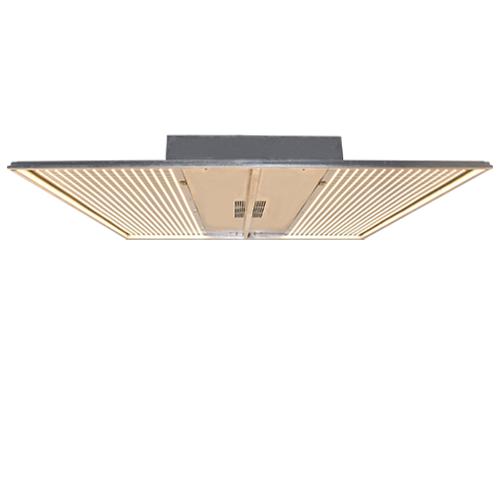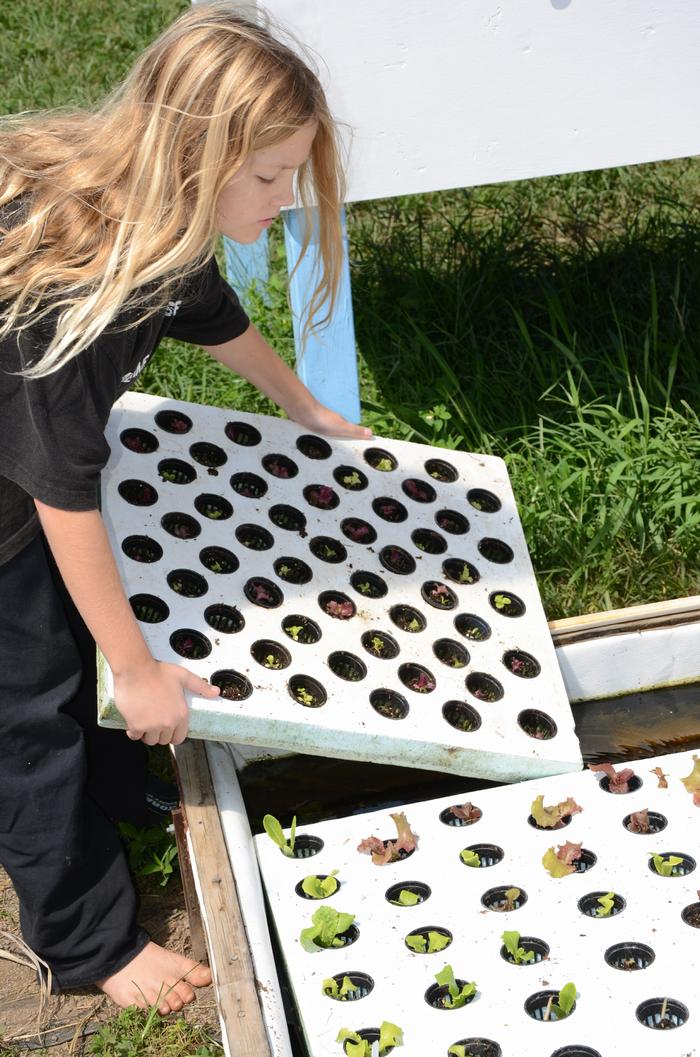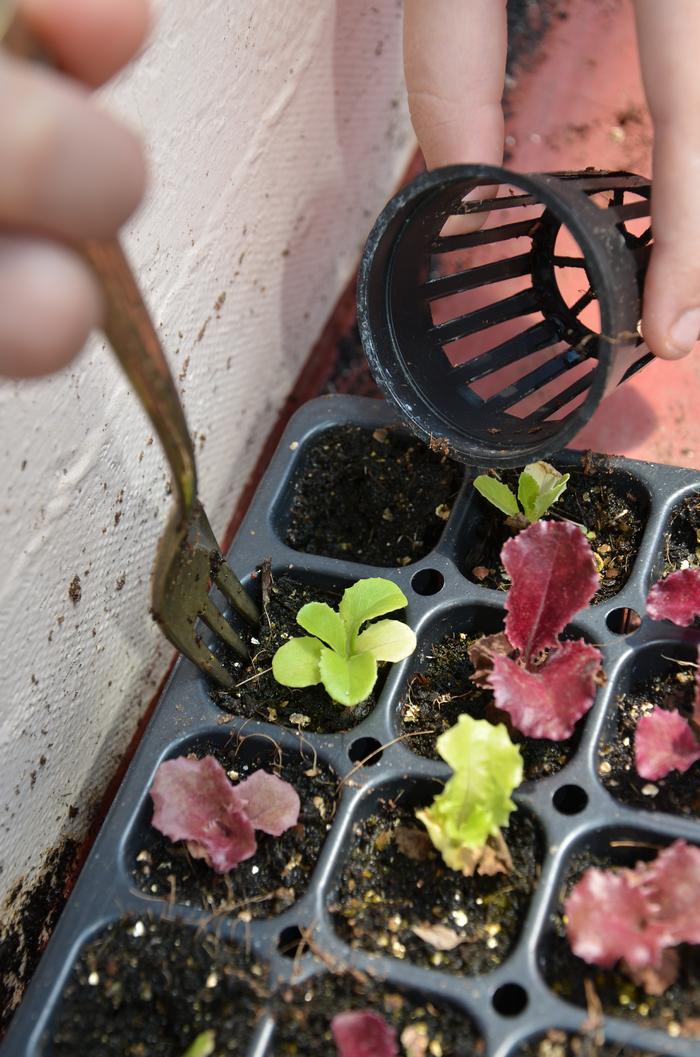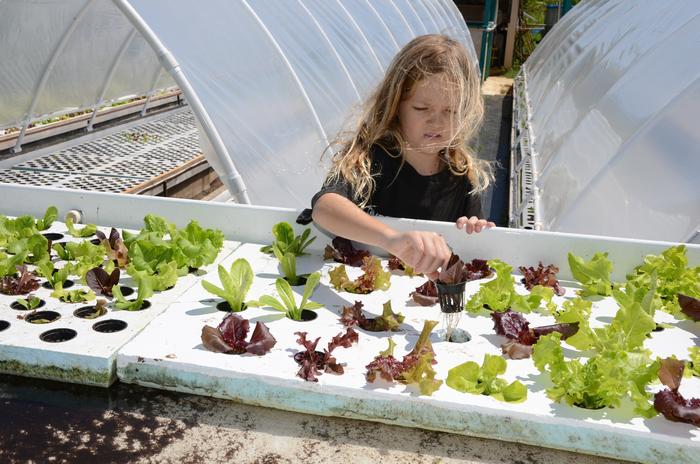Learn The Ins and Outs Of Indoors and Vertical Aquaponics! Part 1
Vertical Aquaponics, Part 1:
People often equate “vertical aquaponics” with “indoor aquaponics”. We live indoors; why can’t plants? Greenhouses can seem mysterious and confusing if you’re not familiar with them. Growing things inside a building, under lights that you can turn on and off, may seem simpler.
But there’s no free lunch; it turns out that growing indoors is fraught with complications, many of which are blithely ignored by those trying to sell you the buildings, the grow systems, LED lights, farm plans, and hardware necessary to do this.
(Below) A pretty picture to go with this newsletter’s message: Farmed Here, a large indoor aquaponic operation that declared bankruptcy in March of 2017, after 8 years of operation and “looking for investors”.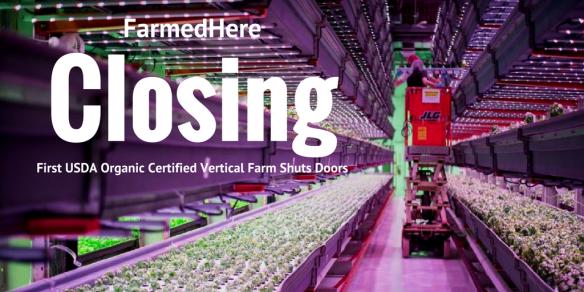
We’re going to debunk the nonsense surrounding vertical growing in this series of articles, and leave you with a clear understanding of what it involves, what it costs, and where it might be profitable. Then, you can make an intelligent decision rather than be sucked in by the first hardware salesperson with a good line of patter.
As part of this series, we’re including the information in our “Aquaponics For Millionaires” disclosure package at no charge. We’ve been selling this information package for $1,000 (because to a millionaire, that’s like a cup of coffee is to you, right?).
It’s just the disclosure package we’re providing, not the design and calculations, the CAD drawings, nor all the work required to design a large custom indoors aquaponic operation. Our fee for performing that work can run $75,000 on up. But if you read this, and you’re smart, you can figure it all out yourself. Here’s the first part:
Air Conditioning For The Indoors Aquaponic Farm:
Wait! Don’t we talk about LED lights here? Don’t we talk about heating the building? That’s what everyone else focuses on. (Just wait, we’ll talk about LED lighting and “heating the building” extensively in our lighting discussion to follow…)
The most important thing to know about indoors growing is that the lights you use ADD so much heat to the building that you’ll need a big A/C unit just to keep the temperature down to a reasonable level! We’ll give you all the numbers and show you why in a subsequent Part of this series.
Unless you’re in Alaska, Northern Canada, or Mongolia, you’ll even need to run that A/C unit in the wintertime! Even in the wintertime, your lights put out so much heat that they’ll heat your grow space up into the ‘80’s and ‘90’s or higher. And if you have to run your A/C during the wintertime to keep an indoors grow cool, imagine how much you’ll have to run it in the summertime!
But perhaps you’ve heard: “flourescent lights are really efficient and hardly give out any heat”. That’s true, compared to standard incandescent lights, which put out 96% of their electrical consumption as waste heat; but that doesn’t mean flourescents don’t give out any.
A “High Output” T5 flourescent light puts out 13% of the incoming electricity as light, and 87% as heat. This is called “waste heat”, because it doesn’t do you any good. It’s literally garbage that you have to get rid of (and at a high cost!) by purchasing and running a big A/C unit. And you need to buy two flourescent lights to put out the same amount of light that a single 13%-efficient LED puts out; this means that the flourescents put out twice as much waste heat as an LED providing the same amount of light.
So, the answer to that problem must be LED lights, right? They’re even more efficient than flourescents, so won’t they solve this problem?
Let’s look at the numbers for LED’s: the best LED lights are 44% efficient, and give out 56% waste heat; but most are down around the 12% efficiency level, and give out 88% waste heat. We’ll come back to these numbers in a bit.
“I already have a warehouse or building with A/C”
Even if you have an existing warehouse or storage building that “already has” A/C, it’s way undersized for handling the additional waste heat that the thousands of watts of light you’ll use will generate. You will need to upgrade it, or add an additional A/C system to handle the additional heat load that the lights impose on it. You may also need to install an additional “electrical service”, for powering both the lights and the air conditioning.
This is a fact. And it’s not an obvious one, unless you’re a mechanical engineer (that’s a term for an air conditioning engineer). So if you have any doubts about this, or are simply hoping your indoor grow will work, consult an engineer. Take them the specifications of the lights you plan to use, how many of them, and how big the space you’re putting them in is. Even if you like to believe in fairies at the bottom of the garden, talking to a mechanical engineer about how much A/C unit you need to buy, and how much electricity will be required to run it, will get you back into reality quickly.
Even knowing this, if you insist on going ahead with your indoors grow, you should consult your electrician and a local mechanical engineer, see if 3-phase service is available at your location, and put in a single 208Y/120V 3-phase service in the size the engineer recommends instead. You’ll be able to run all your single-phase 120 volt AC lighting, aquaponic equipment, and other A/C equipment off this. A 3-phase air conditioning unit will use less electricity, and cost much less to run than single-phase A/C equipment.
There is a bright side! Because you’re not dependent on daytime sunlight for your plants to grow, you can run the lights at night (rather than during the day). This will leverage the nighttime cool and cost you less to run the A/C than running it during the daytime.
Now, isn’t that naturally-lit aquaponic operation in a greenhouse starting to look more attractive?


